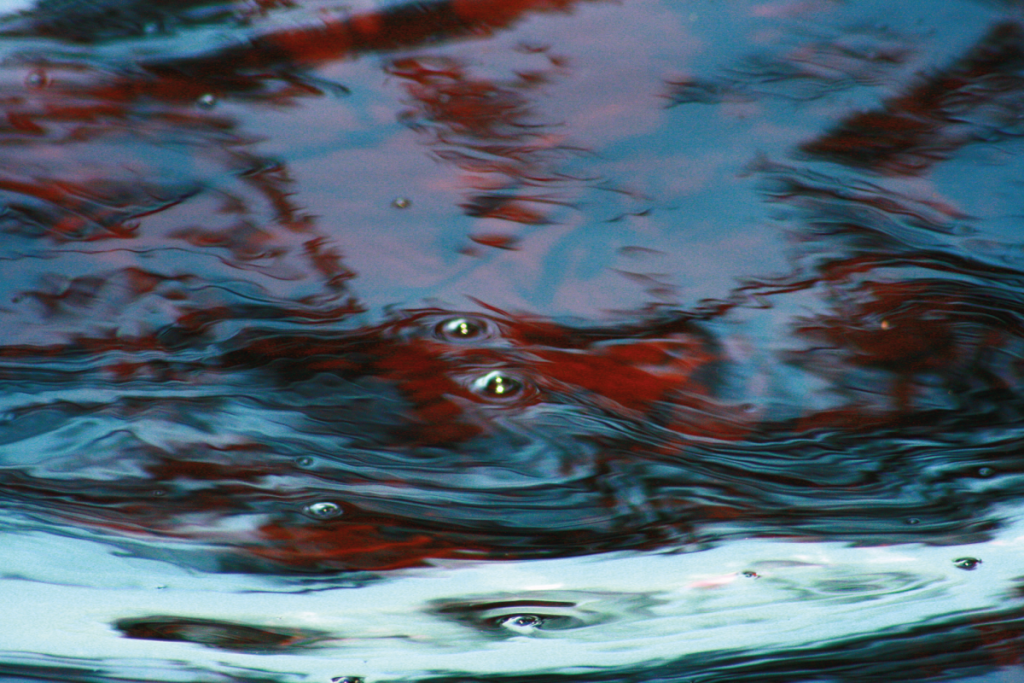It is clear that the number of blue-green algae (BGA), or toxic algae, blooms that are occurring is getting worse each year. There is clear research to show that anthropogenic nutrient enrichment of our water is a cause of BGA, or cyanobacterial, blooms worldwide. Sadly, we are not greatly advancing our abilities to control these blooms. The main options at hand still seem to be limited to adding poisons and algicides, or to dosing chemicals like alum, that precipitates out phosphate and then it settles at the bottom of the pond. (If you have a secret recipe your mother used to make to remove nutrients then feel free to share it here.) But the reality is these are short term fixes with toxic effects on the water.
Can we do anything more to limit blue-green algae blooms?
The answer is yes and the most obvious ‘quick-fix’ is of course by reducing nutrient inputs into our water. There is plenty of information about limiting fertiliser use on farms, using best practice for wastewater treatment to ensure nutrient removal and recovery and careful land use so as to reduce erosion that can see more nutrients end up in our water.
What is perhaps not so obvious is the need to keep our clean water healthy and less susceptible to blue-green algae. A really interesting study, for algae nerds like me, shows that healthy waters can become susceptible to BGA blooms, and once they have established, getting the water bodies back to being healthy is not so easy.

Warning – Science below!
If a pond is not healthy, with good growth of other algae, like diatoms, that produce oxygen and increase the oxygen concentration in the water, the deeper layers of water can become anoxic (no dissolved oxygen), and phosphates (P) that are chemically bound to metals can become soluble. This now soluble P can then migrate to the surface in several ways, including being transported by cyanobacteria, and over time a low nutrient lake can end up with high P levels. The BGA can also fix their own N from the nitrogen gas (N2) in the air, the N and P levels go up. There are more activities that go on here (I am not sure if you want to be put to sleep with the details), but once this cycle starts, it can get worse if it is left alone, and this is partially why these BGA blooms are increasing in number and severity.
The study I mentioned above also highlights that cyanobacteria have some methods of getting N and P that other algae don’t have, so once they get the ball rolling and can establish themselves, they make it harder and harder for other algae to bring the balance back.
Do something when there isn’t a problem
So how do you stop this from happening? Well, history tells us that Mother Nature is impossible to manage…. so we can’t manage her but I think we can offer a helping hand in the right direction. Water is almost always limited in its concentration of micro-nutrients and so algae are only able to grow to certain densities with the meagre micro-nutrients that are available, but adding micro-nutrients would make algae grow better.If you are thinking that adding micro-nutrients would give BGA a boost as well you would be right, until I throw in this exception.

Yes! You can try this at Home!
If you have read my previous blogs you will know that diatom algae are good for your water and BGAs are not. So we need to get the micro-nutrients to the diatoms and not the BGA, and that is why Diatomix is so unique in its approach to healthy water management. The super-concentrated mix of micro-nutrients in Diatomix is all encapsulated inside nano crystals of Silica. Only diatoms need Silica, so the diatoms take up these crystals and BGAs ignore them. And Voilà! only the diatoms get the micro-nutrients. With this boost the diatoms can grow better than other algae that are around, and they take up the N and P that is available. The bloom of diatoms means that dissolved oxygen levels go up, which lessens or removes the anoxic conditions that can cause the phosphorus to be released. So this helps to reduce this cycle of P release that I mentioned above.
The next bonus is that diatoms are good for the tiny animals, the zooplankton, in the water, whereas BGA are hard to chew and have less nutrition in them, so zooplankton eat diatoms and not BGA. The fish will eat the zooplankton and so the N and P that was available for BGA has now been shifted into the food chain. Genius!!
The science is showing us more and more that blue-green algae blooms are starting to cause serious issues in some of our major waterbodies, but some simple and practical management before the problem presents itself is a sound investment in keeping your valuable water healthy.
